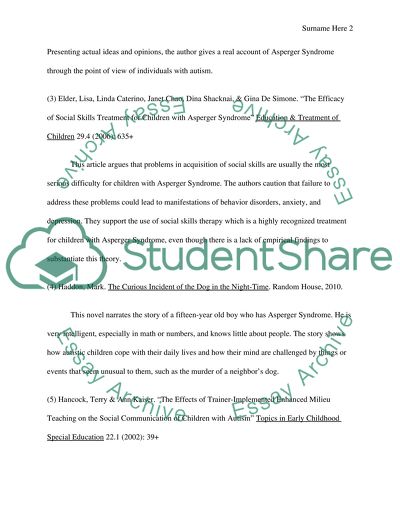Cite this document
(“Communication Struggles of Children with Autism Essay”, n.d.)
Retrieved from https://studentshare.org/english/1435209-communication-struggles-of-children-with-autism
Retrieved from https://studentshare.org/english/1435209-communication-struggles-of-children-with-autism
(Communication Struggles of Children With Autism Essay)
https://studentshare.org/english/1435209-communication-struggles-of-children-with-autism.
https://studentshare.org/english/1435209-communication-struggles-of-children-with-autism.
“Communication Struggles of Children With Autism Essay”, n.d. https://studentshare.org/english/1435209-communication-struggles-of-children-with-autism.


